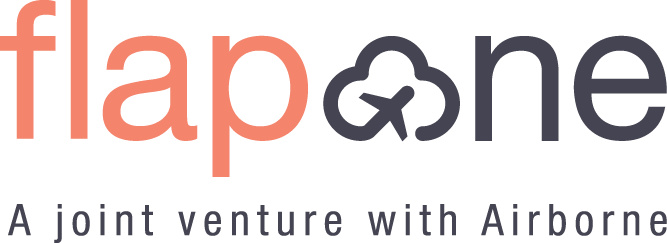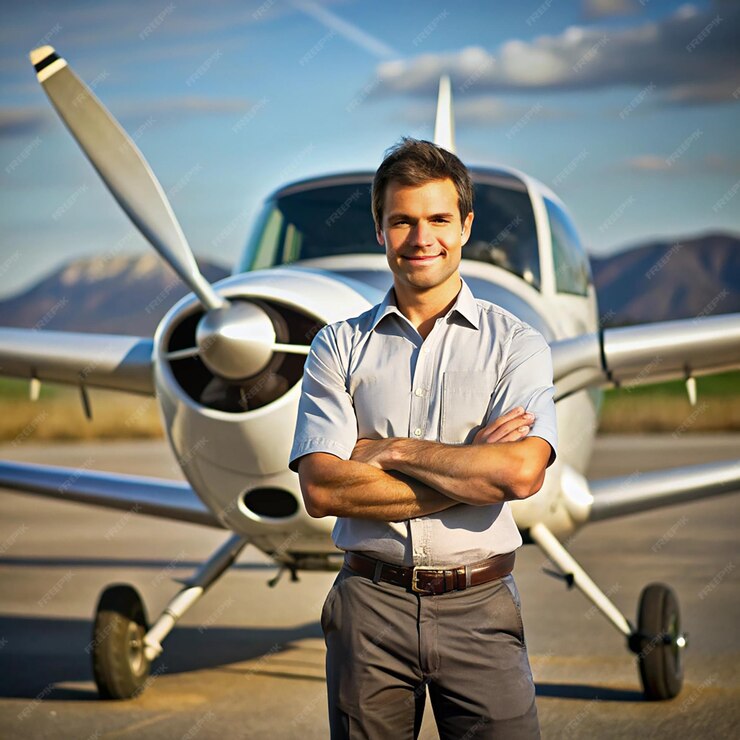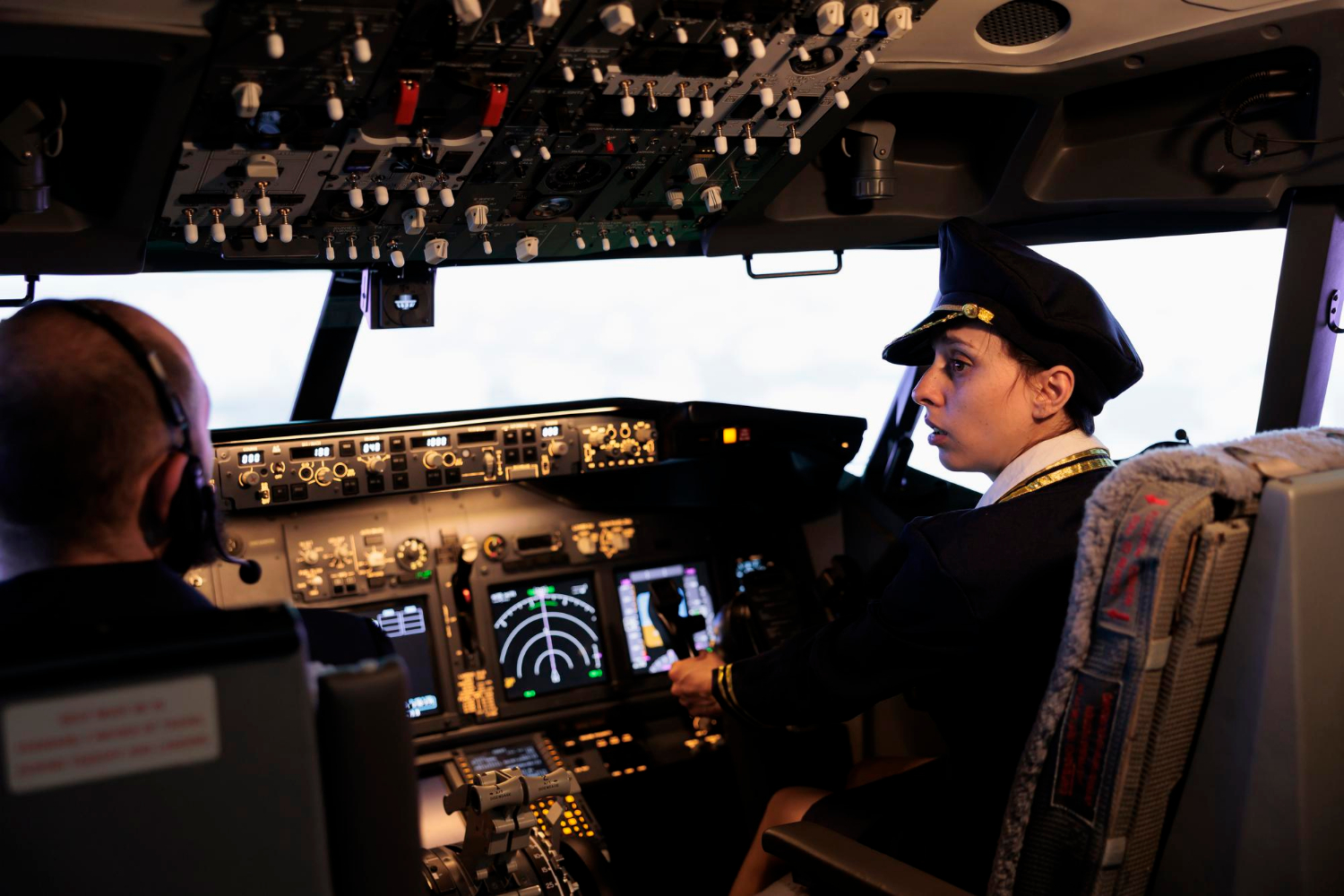Key Qualities That are Essential for a Commercial Pilot
Piloting is an industry that has been gaining traction with people in recent scenarios. This is because people are fascinated with piloting planes. The lifestyle and pay associated with this career are some other factors taken into consideration as well. Due to this, there is an increase in the number of people who have a commercial pilot license in their kitty. While a DGCA Certified pilot certificate is a basic need to testify piloting skills, employers look for additional qualities that make a great commercial pilot. One Should be Attentive to Detail Commercial pilots should be detail-oriented. They should always follow Logbooks and checklists, establish safety procedures, and always be attentive to any changes in the safety conditions. If these steps are not followed, they can hamper the efficiency and safety of a commercial pilot. Cool as a Cucumber Under Pressure Flying a commercial plane can be stressful and can lead to severe consequences. Weather and geographical conditions contribute to pilot stress while flying a commercial aircraft. It is extremely important for a good commercial pilot to not get flustered by suggestions and can effectively manage stress before and during a flight. Discipline is Key Commercial pilots must comprehend the consequences of their actions. Adherence to rules and regulations is important when it comes to flying a commercial aircraft, as the safety of the passengers is at stake. A good commercial pilot does not take shortcuts and always considers the possible outcomes of the decision they take. Power of Punctuality A responsible commercial pilot must arrive on or before the scheduled time of the flight and conduct detailed assessments of the weather conditions, potential hazards, and functionality of the parts of the aircraft. If one is late to work, then it can lead to rushed procedures, increasing the possibility of accidents that can even lead to fatal consequences. Continuous Learning & Adaptability Due to India's rapidly evolving aviation technology and flight regulations, a commercial pilot should always be ready to learn and adapt. This skill has to be developed on your own, but the best pilot training institute can work to inculcate a thirst for knowledge in an aspiring pilot. You should be prepared to search for solutions as you improve your skills continuously. Decisiveness and Leadership A commercial pilot must embrace their role as the Pilot in Command. the PIC is responsible for the outcomes of their decisions. Making sound Go/No Go decisions and establishing flight limitations are vital skills. A good commercial pilot can take up leadership and guide their co-pilot and other crew members effectively, guaranteeing the safe completion of each flight. Physical Fitness is Essential Commercial pilots fly in varying weather and geographical conditions. Their fitness is tremendously valuable, and they can endure demanding use cases. Aviation companies are always on the lookout for able commercial pilots to ensure customer safety and the completion of flights. Reaching to a Conclusion Before stepping on the gas to become a commercial pilot in India, take time to assess if you possess all the above-mentioned qualities. You could at all times inculcate the aforementioned qualities to fly a successful commercial piloting career. We at Flapone Aviation will give you all the theoretical and practical knowledge which is essential for obtaining a commercial pilot license and starting a career as a commercial pilot.




















